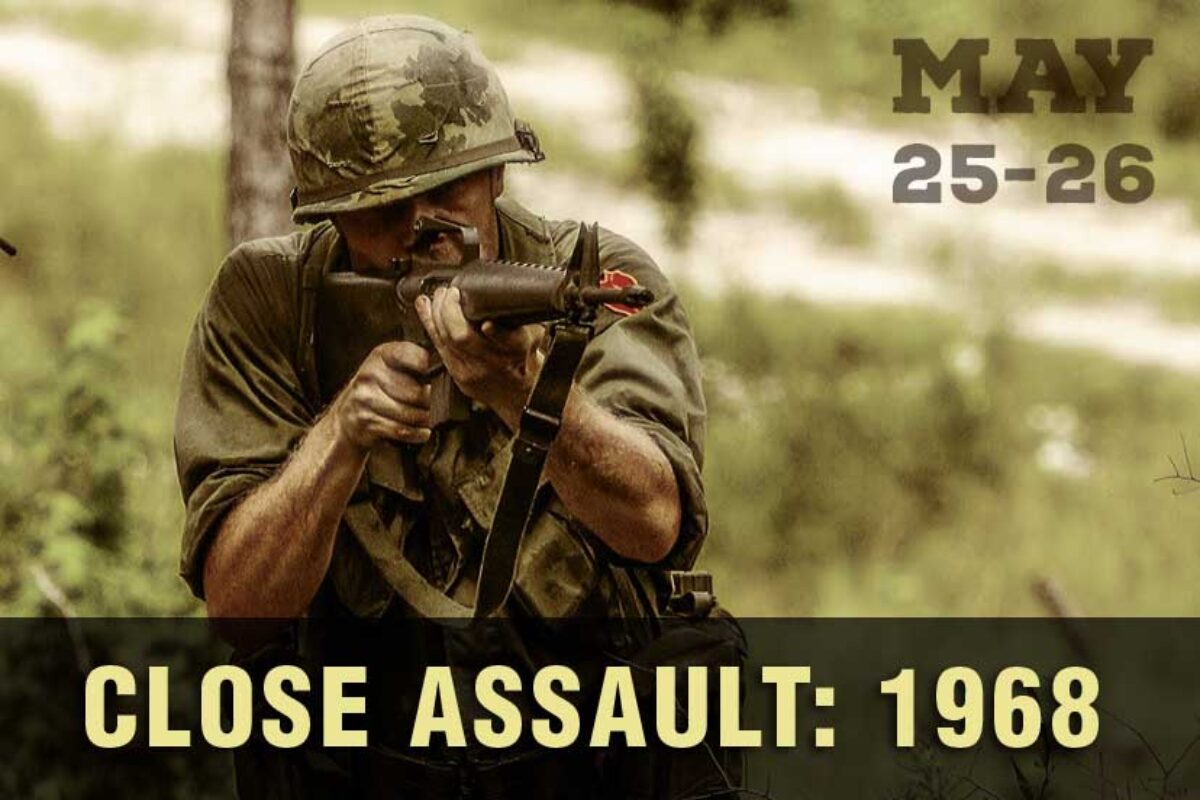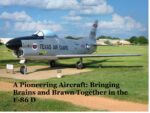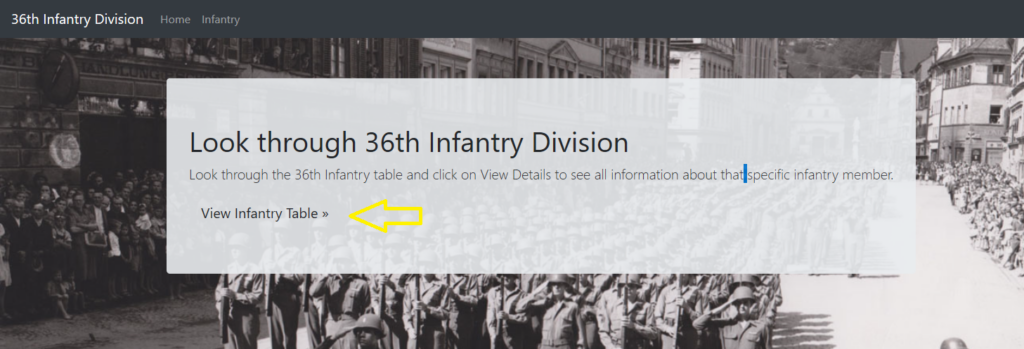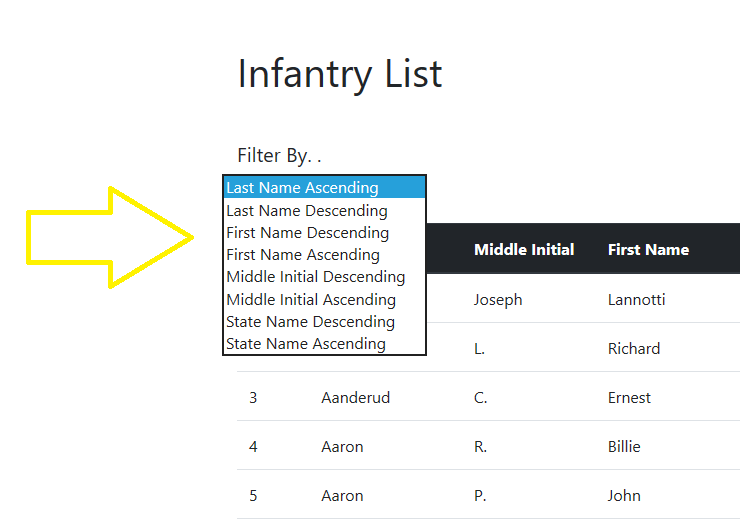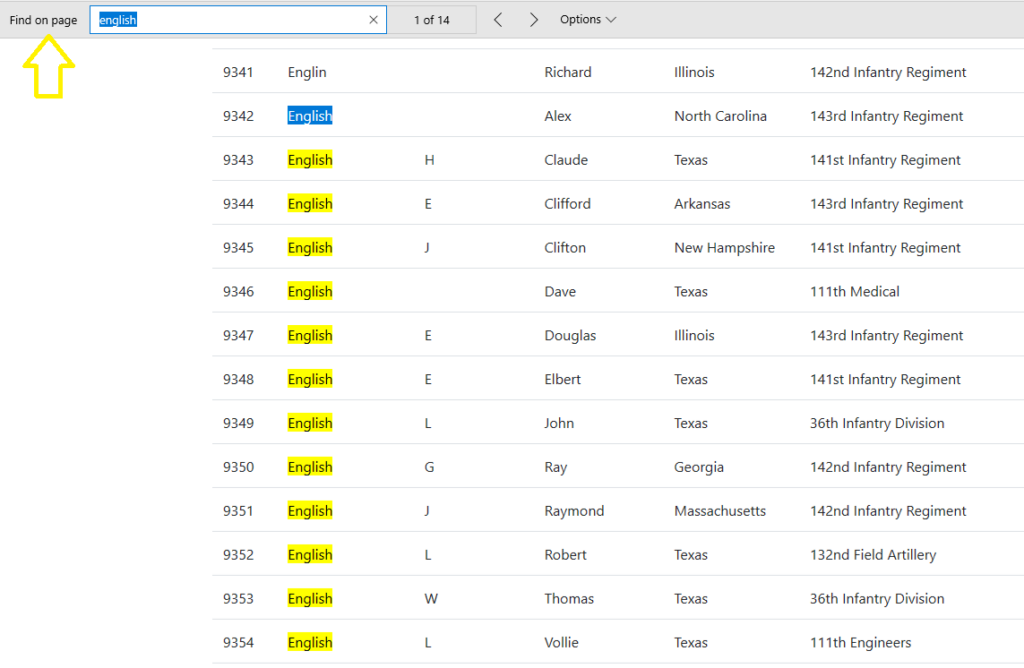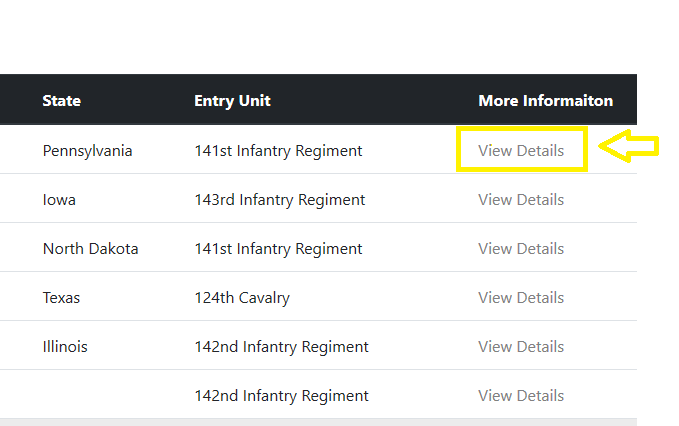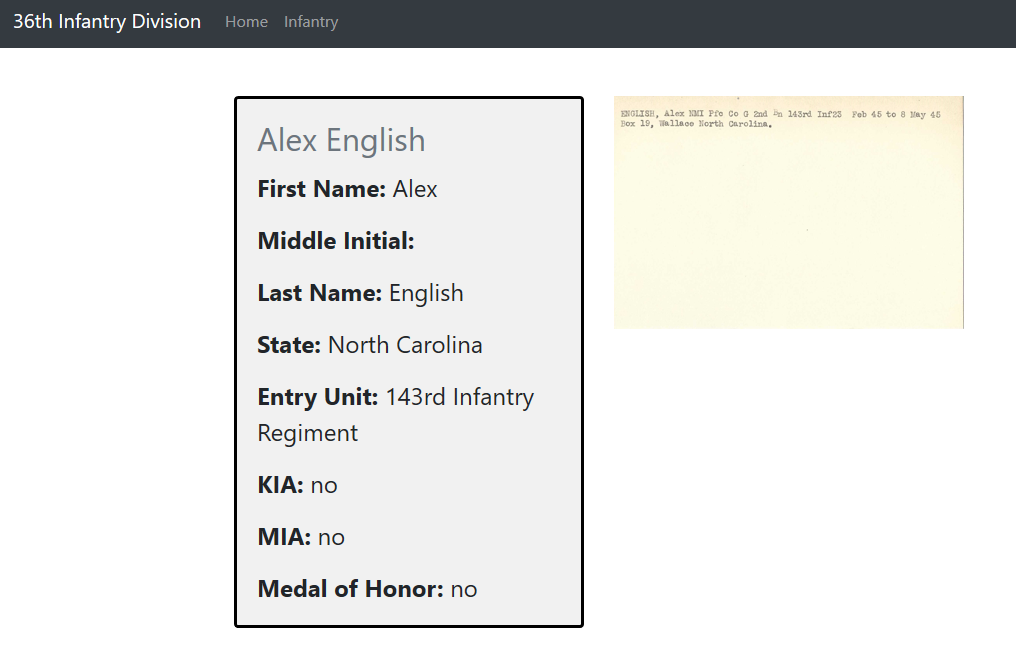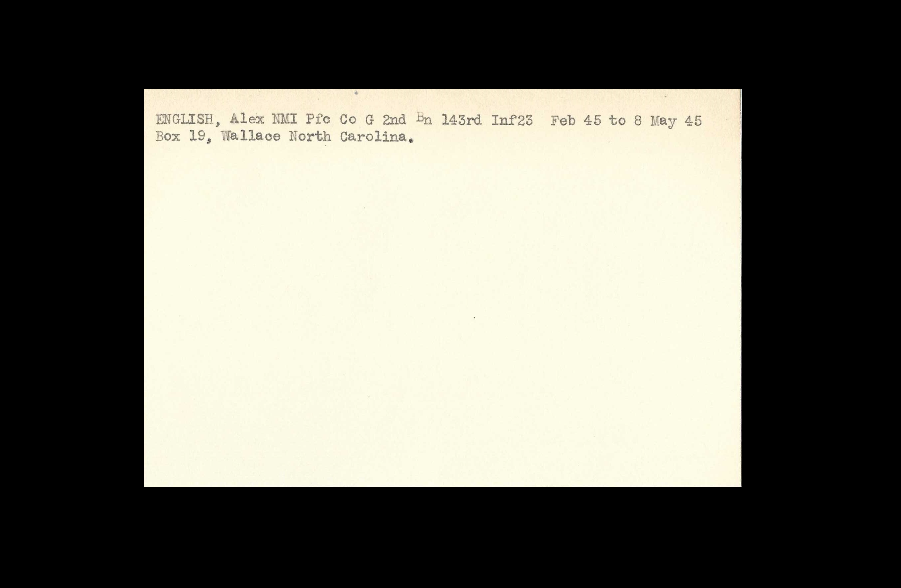
A Pioneering Aircraft:
Bringing Brains and Brawn Together in the F-86 D
By Christopher Paulos, MA
One of the less well known, but most pioneering in design of the aircraft preserved at Camp Mabry, in Austin, Texas, is the North American F-86D “Sabre Dog.” While the aircraft saw service for only a brief time and never entered combat, it represented a leap forward in the evolution of military aircraft.
The prototype first took to the air on December 22, 1949. By 1953, the aircraft was serving in interceptor squadrons of Air Defense Command.
On November 19, 1952, Captain James S. Nash broke the Fédération Aéronautique Internationale World Absolute Speed Record by flying 12 kilometers at an average speed of 1,124 kilometers per hour (698.5 mph). Another F-86 had set the previous record of 670.8 miles per hour.
So, what was behind this pioneering jet aircraft’s record-breaking speed? The General Electric J47-GE-17 turbojet engine used on the earliest Sabre Dogs could produce around 5,450 pounds-force of thrust. By the end of the production run, the improved -33 version was fitted to provide 5,550 pounds. The use of afterburner increased the thrust generated by about a third.
By way of contrast, the model used in the older F-86A aircraft generated only 5,000 pounds “dry” and lacked an afterburner. While the engine was powerful, it was also troublesome. Thirteen Sabre Dogs were lost to engine fires between September and December 1953.
Despite sharing its name with the Sabres that fought in Korea, the F-86D was essentially a new aircraft, sharing only about 25 percent of its components with the older models. It had been briefly given the designation, F-95, before being redesignated to make the expensive project an easier sell.
New designs of Soviet jet and turboprop bombers such as the Tupolev Tu-16 and Tu-95 would fly faster than the piston-powered bombers of World War II, so a burst of cannon fire aimed manually through an optical sight or primitive radar screen was no longer considered a viable method of attack. What was needed was a new approach to fighting these kinds of threats.

The sole armament of the Sabre Dog was the Mk 4 Folding Fin Aerial Rocket, often called the “Mighty Mouse” of which 24 were carried in a retractable tray. Each rocket was 1.2 meters long and 70 millimeters across. Upon launch, four fins folded out from the rear of the rocket to stabilize it in flight. This new weaponry was bold and pioneering in concept, but hitting a target at high-speed was still a challenge.
Prior to the Sabre Dog all U.S. Air Force fighters equipped with radar required a second crewman to operate the finicky equipment. The Sabre Dog dispensed with the radar operator by automation.
The key to this accomplishment was the Hughes E-4 Fire Control System. Previous systems required the pilot to fly a pursuit course, which would eventually place the fighter to the rear of the target bomber. This exposed the fighter to return fire from the bomber’s rear turret. The E-4 could compute a “lead collision” course whereby the pilot attacked the target from ahead and to the side.

The APG-36 radar could track a target up to thirty miles away. Once a target was locked on, symbols appeared on the radar screen to provide guidance to the pilot. A dot indicated the course calculated to bring the aircraft to the best position to fire on the target. A small circle appeared at the center of the screen. When the steering dot was at the center of the circle, the aircraft was on the correct course. An outer “time-to-go” circle indicated the time until firing, shrinking as the aircraft got closer to the calculated point of intercept.
While the pilot concentrated on the aircraft radar screen, he still needed to fly the plane. This was accomplished by using an artificial horizon provided along with the steering cues, another innovation over previous aircraft. With four seconds to go until firing, the pilot was prompted to arm the rockets.

The AN/APA-84 computer fired the rockets automatically at the precise moment calculated to have the best chance of a hit. The rockets could be fired in salvoes of 6, 12, or 24, which would, in theory allow the aircraft to down four bombers in a single mission. The rockets tended to spread out after firing so a larger salvo greatly increased the chance of destroying a bomber.
The F86 D at Camp Mabry bears the serial number 52-3770. It first served with the 63rd Fighter Interceptor Squadron (FIS) at Wurtsmith Air Force Base, then the 85th FIS at Scott AFB until July 1957. In November of that year it was assigned to the 181st FIS, one of three squadrons of the Texas National Guard to operate the type. This aircraft was retired from service in 1960.

Today, the Texas Military Forces Museum at Camp Mabry in Austin, Texas is home to a display of the F-86 D “Sabre Dog” welcoming visitors throughout the year.
References
Aeronautical Systems Division, Air Force Systems Command, 1961. Development Of Airborne Armament 1910-1961 Volume III: Fighter Fire Control.
Department of the Air Force, 1953. AN 01-60JLC-1 Flight Handbook USAF Series F-86D Aircraft.
Department of the Air Force, 1961. T.O. 1F-86L-1 Flight Handbook USAF Series F-86L Aircraft.
Goebel, G., 2017. [1.0] F-86A Through F-86D. [online] Airvectors.net. Available at: <http://www.airvectors.net/avf86_1.html#m7> [Accessed 11 June 2020].
Historical Division, Office of Information, HQ Air Defense Command, n.d. History Of Air Defense Weapons 1946-1962.
Mcchordairmuseum.org. n.d. Mcchord Air Museum – F-86 Sabre Dog (52-3669) From The 317Th FIS,325Th FW – Mcchord’s First Jet Aircrraft. [online] Available at: <https://www.mcchordairmuseum.org/REV%20B%20MAM%20COLLECTION%20F-86%20BORDER.htm> [Accessed 14 June 2020].
Wildenberg, T., 2008. A Visionary Ahead of His Time: Howard Hughes and the U.S. Air Force – Part III: The Falcon Missile and Airborne Fire Control. Air Power History, [online] 55(2). Available at: <https://www.jstor.org/stable/26274982> [Accessed 14 June 2020].
